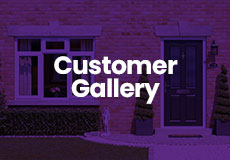
The appearance of your home is almost defined by the door that you see at the front. Choosing a door is largely a matter of taste with a huge range of options to choose from which can seem overwhelming. But whether you're updating a tired entrance or finishing a new build, our great range of uPVC doors
That’s why we’ve taken a look at some of the most popular designs across the UK and broken down the key stylistic difference so you have an idea what to call the look that you’re after. Of course, as we offer a lot of customisation options for colours, glass and handles, you can buy a style that doesn’t one to one fit
Composite vs uPVC Doors: What’s the Difference?
Before diving into design, it’s important to understand the materials you're choosing from.
- uPVC doors are made entirely from unplasticised polyvinyl chloride. They’re lightweight, affordable and require little maintenance. Often recommended for use as French doors or for patio doors.
- Composite doors combine a solid timber or foam core with layers of uPVC, glass-reinforced plastic (GRP), and other materials. They're designed to mimic the look of real wood while offering greater strength, insulation, and weather resistance. They tend to be heavier, more secure and are available in a wide range of traditional styles.
Let’s look at some of the most enduring front door styles in British architecture and how they translate into modern composite and uPVC designs.
Victorian Front Doors
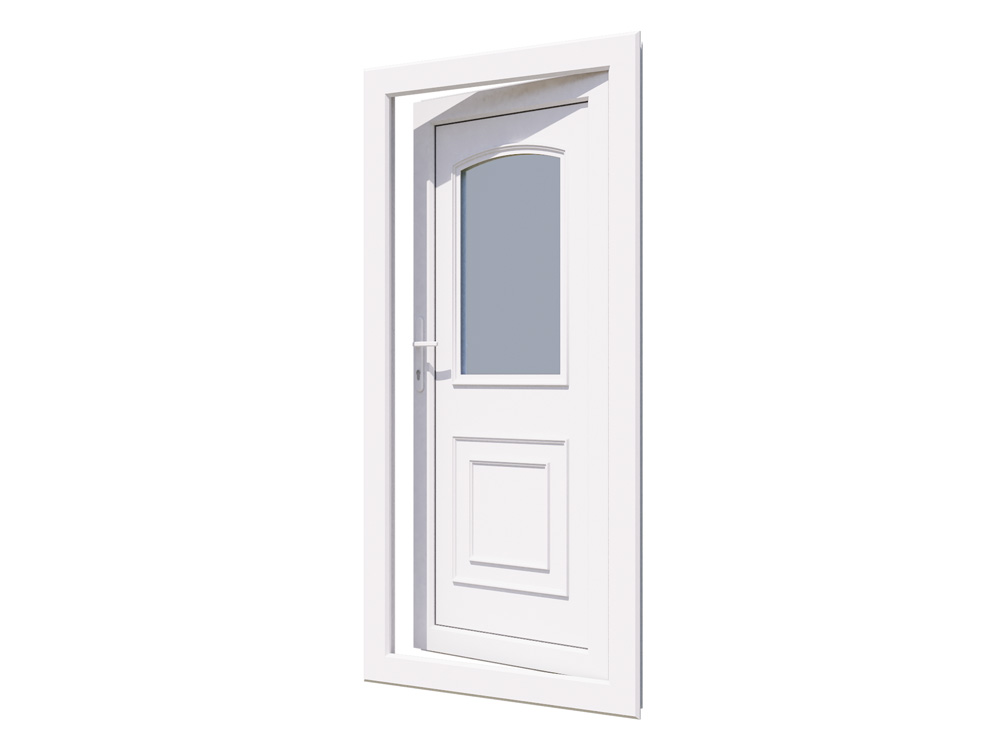
Victorian style doors feature a design that dates from the mid to late 19th century. It’s often recognisable from the bold proportions and decorative detailing. Hallmarks of the style include:
- Four-panel designs: Often two solid panels below and two smaller glazed panels above.
- Stained or frosted glass: Featuring patterned or coloured motifs.
- Moulded detailing: Raised panels and beading around the frame.
Best for: Terraced houses, period properties, or anyone wanting to add heritage character.
In composite or uPVC, these doors often keep the panel layout and glazed features but update the materials for durability and energy efficiency. You can find Victorian-style doors with modern double-glazed units that replicate stained glass or etched patterns.
Edwardian Front Doors
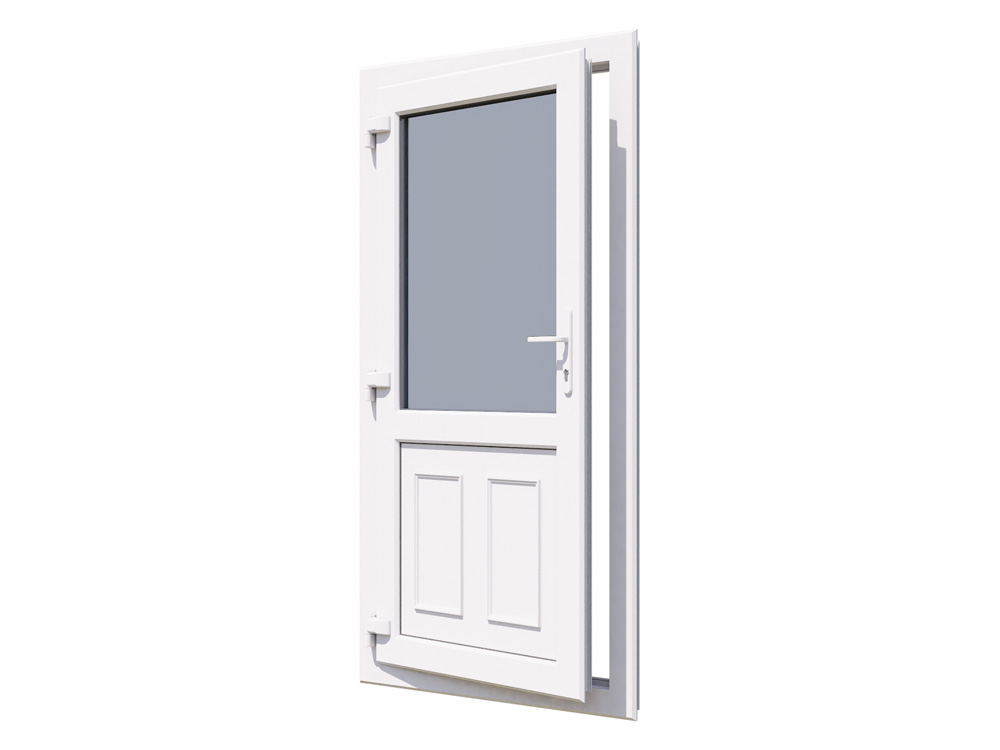
Next up we have Edwardian Doors! The Edwardian era brought in lighter, more open designs compared to the heavier Victorian aesthetic. Expect to see:
- Larger glazed sections: Often with top and side lights to maximise daylight.
- Simpler panels: Still vertically aligned but with less ornate detailing.
- Symmetry and proportion: Clean lines and balanced layouts.
Best for: Semi-detached homes, early 20th-century builds, or those seeking a clean, classic look.
A good way to maintain the style and authority these doors hold but with a modern spin. We offer a range of glass side panels as well for a bit of extra light to be let in as well as to help the look of the door to really stand out.
Jacobean-Inspired Front Doors
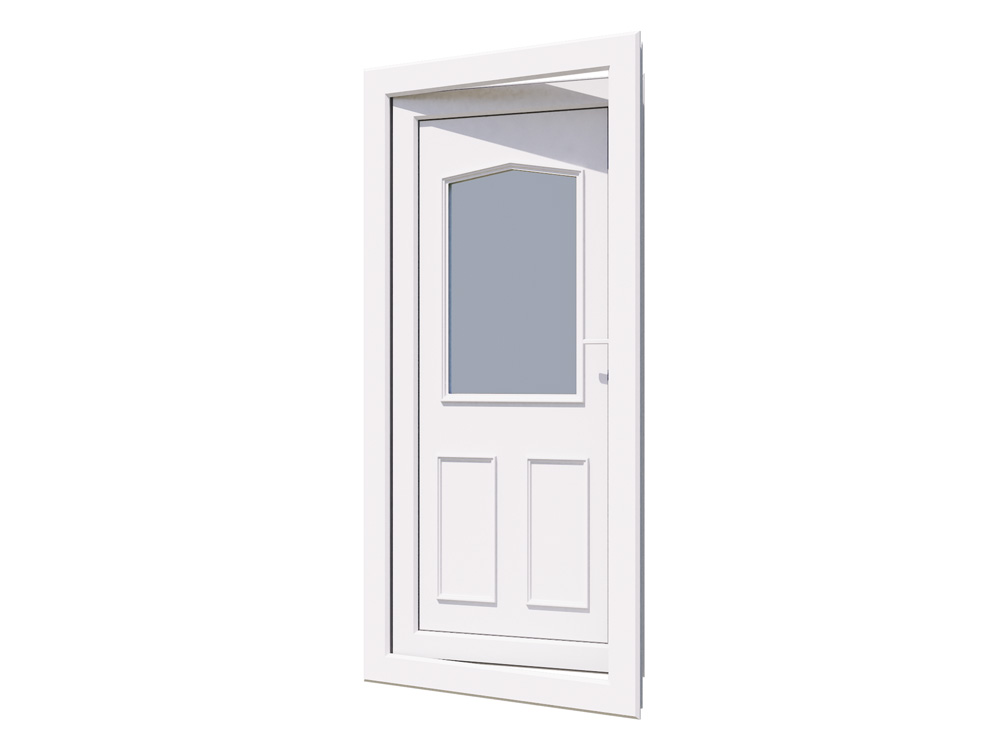
While the Jacobean period (early 17th century) predates composite or uPVC by centuries, it inspires certain design motifs still seen today. Jacobean front doors are defined by:
- Heavily panelled designs: Square or rectangular recessed panels, often in symmetrical layouts.
- Solid and imposing: These doors traditionally used solid timber and conveyed strength and permanence even with modern designs.
- Minimal glazing: The classic design has minimal glazing, though ours features an arced window that fits the styles of the period.
Best for: Traditional cottages, country homes, or anyone wanting a bold, rustic feel.
Contemporary composite doors can recreate the Jacobean aesthetic through deep moulded panels and woodgrain finishes. These are particularly effective in darker tones like black, oak or walnut, lending the door a sense of weight and gravitas without compromising modern standards of insulation and security.
Glass Panel Doors
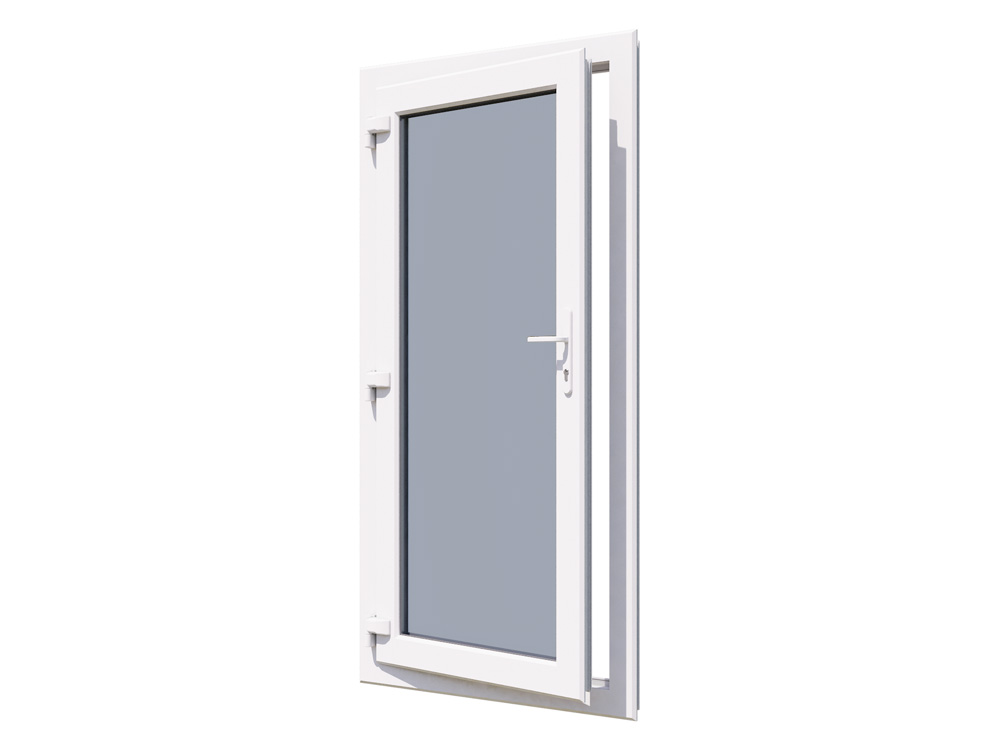
Glass-panelled front doors don’t refer to a single historical period but rather a broader style trend that embraces natural light and visibility. Typically, it’s a design used for French doors but it works just as well as a front door with the right design! Features include:
- Full or half glazing: Large central glass panels or multiple small panes.
- Frosted, clear, or decorative glass: Offering varying degrees of privacy.
- Modern or traditional framing: From Georgian bar detailing to sleek minimalist lines.
Best for: Contemporary homes, or darker entryways where natural light is key.
Having a glass panel door for a front door is a very modern design that helps to encourage a warm and inviting atmosphere. Of course, what type of glass you choose can help to maintain your privacy so be sure to check out the options we have available should you choose to go for one!
Matching Style to Property
The key to choosing a front door style isn’t just picking what looks good in isolation — it’s about complementing your home’s architecture. Here’s a few broad suggestions:
|
Property Style |
Recommended Door Style |
|---|---|
|
Victorian style terrace |
Victorian Doors look good on period terraces |
|
Semi-detached |
Glazed Edwardian door with side panels |
|
Modern new-build |
A glass panelled door will present an eye-catching entrance |
|
Country cottage |
Jacobean-inspired composite with woodgrain |
Always consider elements like brickwork, windows and your porch design when designing your door. Matching the colour to your house’s exterior is a great way to make it look its best. Consistency creates visual harmony and will help your selection to look its best!
Choosing a front door is a balance of practicality and personality. Composite and uPVC doors offer modern performance, but the style you choose can honour architectural heritage, modern design, or something in between.
Whether you're drawn to the bold confidence of a Victorian door, the balance of an Edwardian design, the timeless strength of a Jacobean layout, or the openness of glass-panelled styles — there’s a perfect fit for every home.












